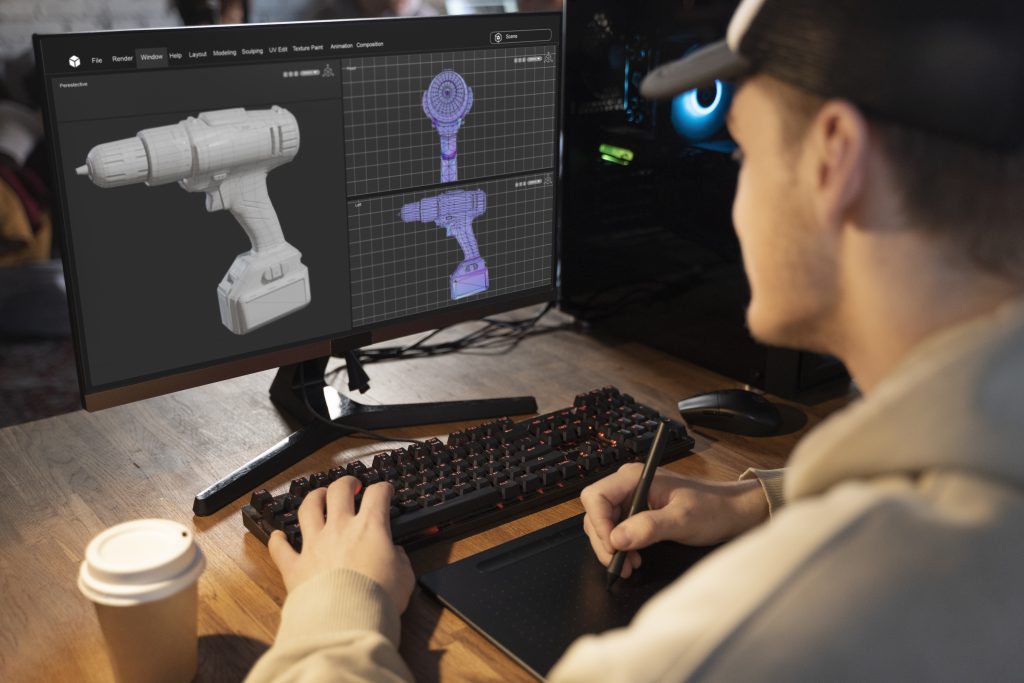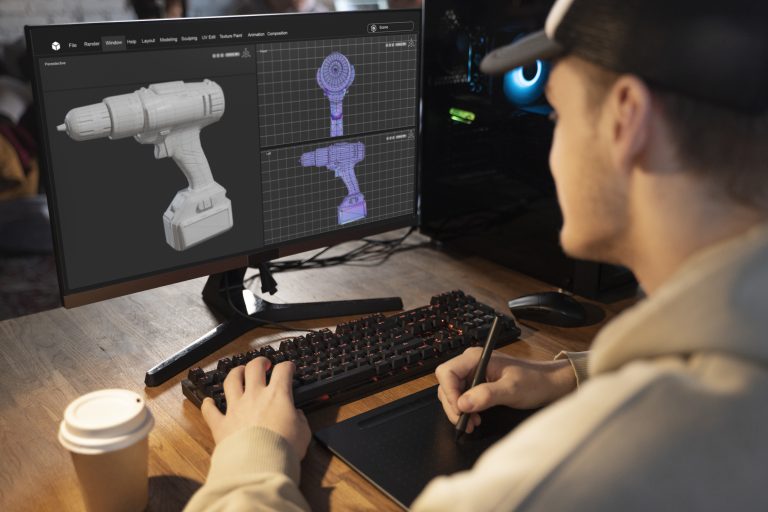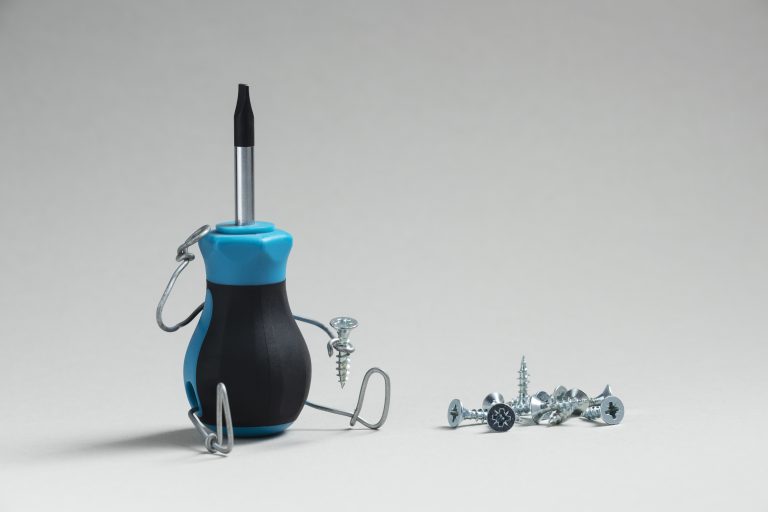Overmoulding is a tooling process that combines two or more plastic materials with different characteristics and properties into one, single component. It does this by adding a layer of plastic material over the main component so that it takes its form, but adds an extra coating. This approach has many benefits, including improving ergonomics, making the item look nicer and enhancing its overall functionality and performance.
Overmoulding solutions are found in most, if not all sectors, from construction and industry to medical and fast-moving consumer goods. It is a versatile, robust process that makes for attractive packaging, well-performing tools and implements, flexible automotive and machinery components and much more. Here are some more things to take into account when considering how overmoulding improves product functionality and aesthetics.
The soft-touch option versus an impact-resistant approach
There are many ways of employing the overmoulding technique, and reasons for doing so. Techniques include soft-touch overmoulding, which is when a softer material is laid over a more rigid one to give a more flexible, ergonomic grip. Impact-resistant overmoulding, on the other hand, as the name suggests, comprises the addition of a harder, more durable material over the top of a softer one to help the finished component withstand impact, wear and tear and other environmental factors more effectively.
Improved functionality
In addition to the clear benefits that soft-touch overmoulding brings to the tooling process (flexible performance, smoother texture, more comfortable grip) and impact-resistant overmoulding (which is a great example of how overmoulding improves durability), the overall process has many advantages around functionality and performance. Overmoulding makes products more user-friendly and versatile. The extra layer adds a protective element, extending a product’s useful working life and its resistance to general damage and mishandling.
Soft-touch overmoulding also helps absorb noise, shocks and vibrations, again extending the products lifespan and improving comfort for users through ergonomic product design. The process is excellent for creating airtight, watertight seals, which stops dust and moisture from getting inside the product and causing a build-up of dirt and condensation. This can also boost electrical insulation properties, adding to the versatile nature of overmoulded components and products.
Another aspect to consider is overmoulding for waterproofing, which adds an extra advantage to the process for parts that are used outdoors or in moist conditions, or which are designed to be submerged in water.
Enhances aesthetics
Cutting out the need to join multiple components through layering a coating over the top of the main material is not just an innovative overmoulding solution designed to save time (although it does speed up the manufacturing process). The simplified assembly also allows a seamless finish that can incorporate a wide range of textures, colours, patterns, logos and finishes. This hugely enhances a product or component’s visual appeal.
Companies can add corporate colours, logos, instructions for use and illustrations very easily. Choosing the right combination of colours and design elements can lead to far more stylish and eye-catching end results. Products can stand out more easily on the shelves. This is crucial in crowded markets and sectors where there is a large amount of competition all vying for the exact same audiences.
Not having to join different parts together also cuts out unsightly seams and edges – this can also make the finished product safer and more comfortable to use. Rounded contours can make a component look sleek, smooth and appealing to the senses of sight and touch. The result of overmoulding is, therefore, a pleasing coming together of cost effective, reliable manufacturing techniques and aesthetically superior, ergonomically pleasing finished products.





